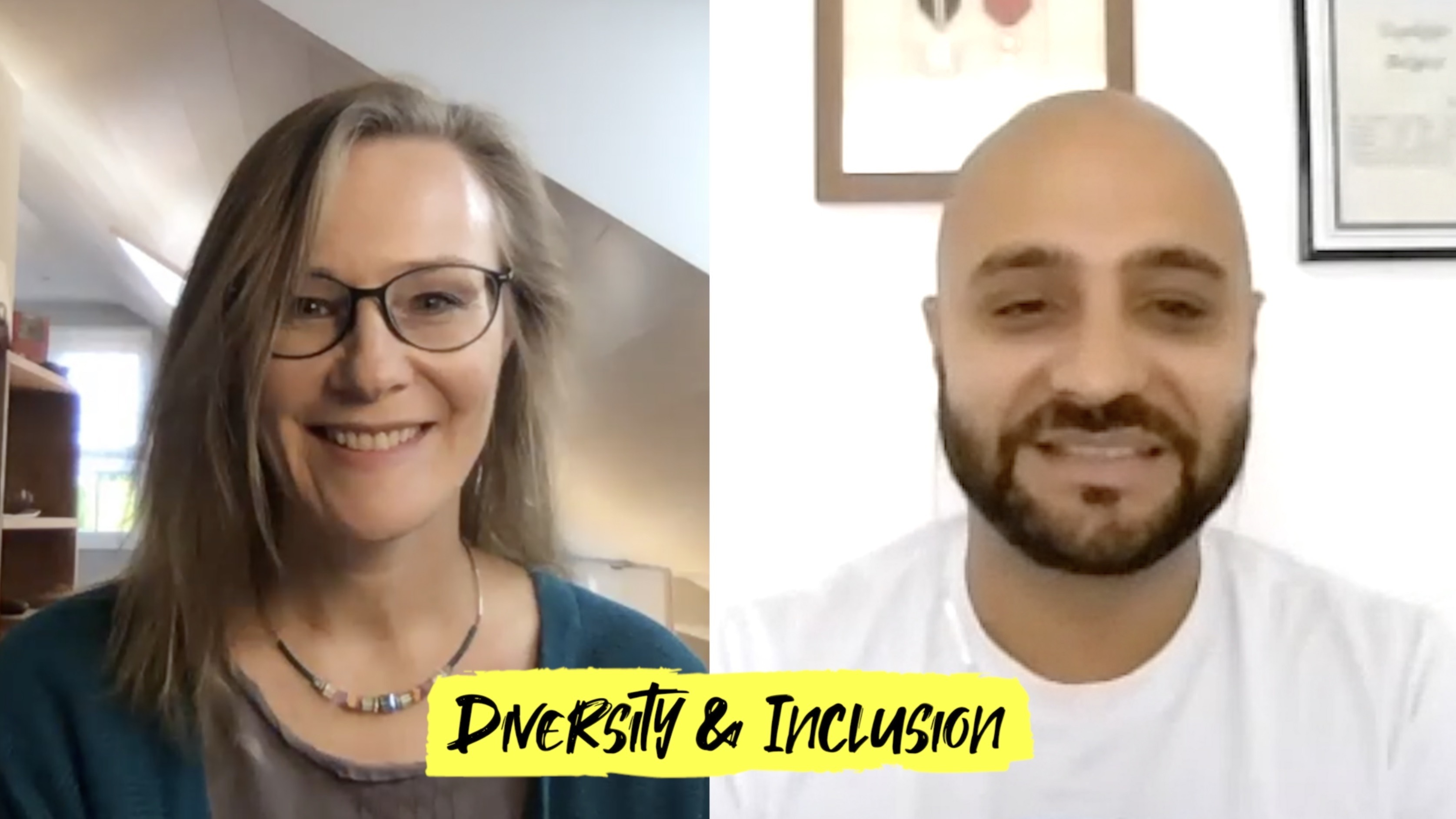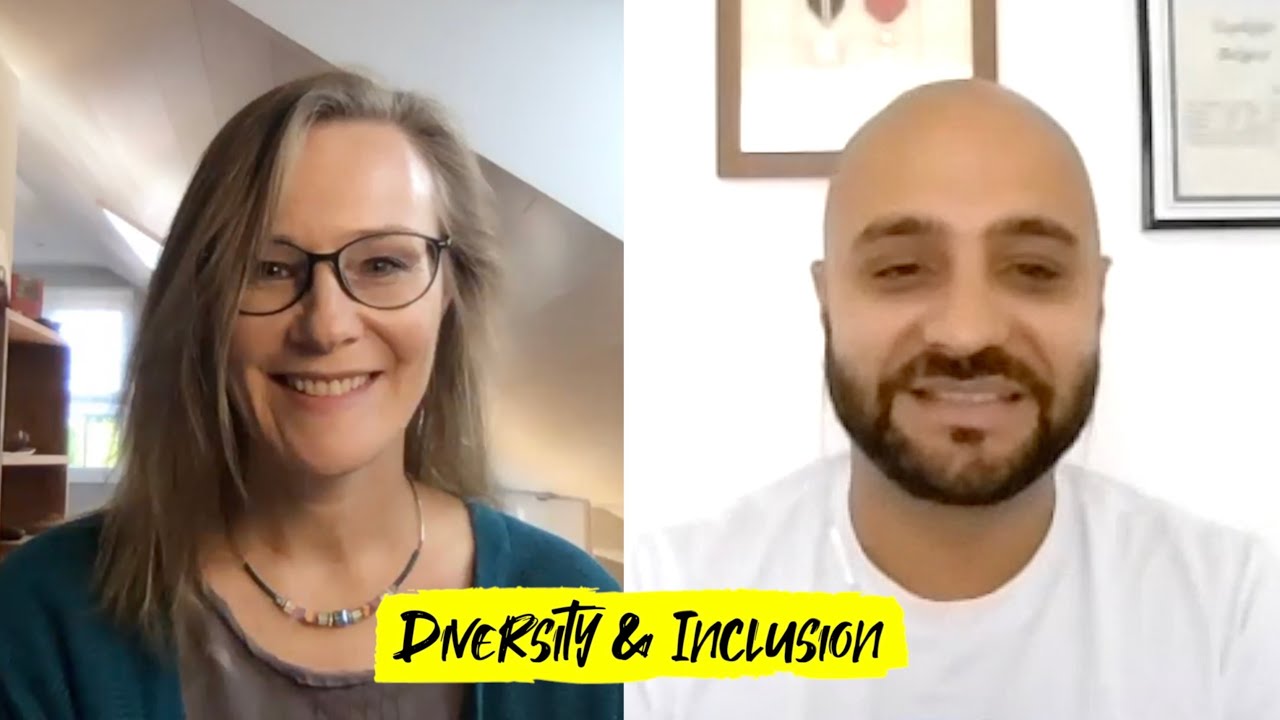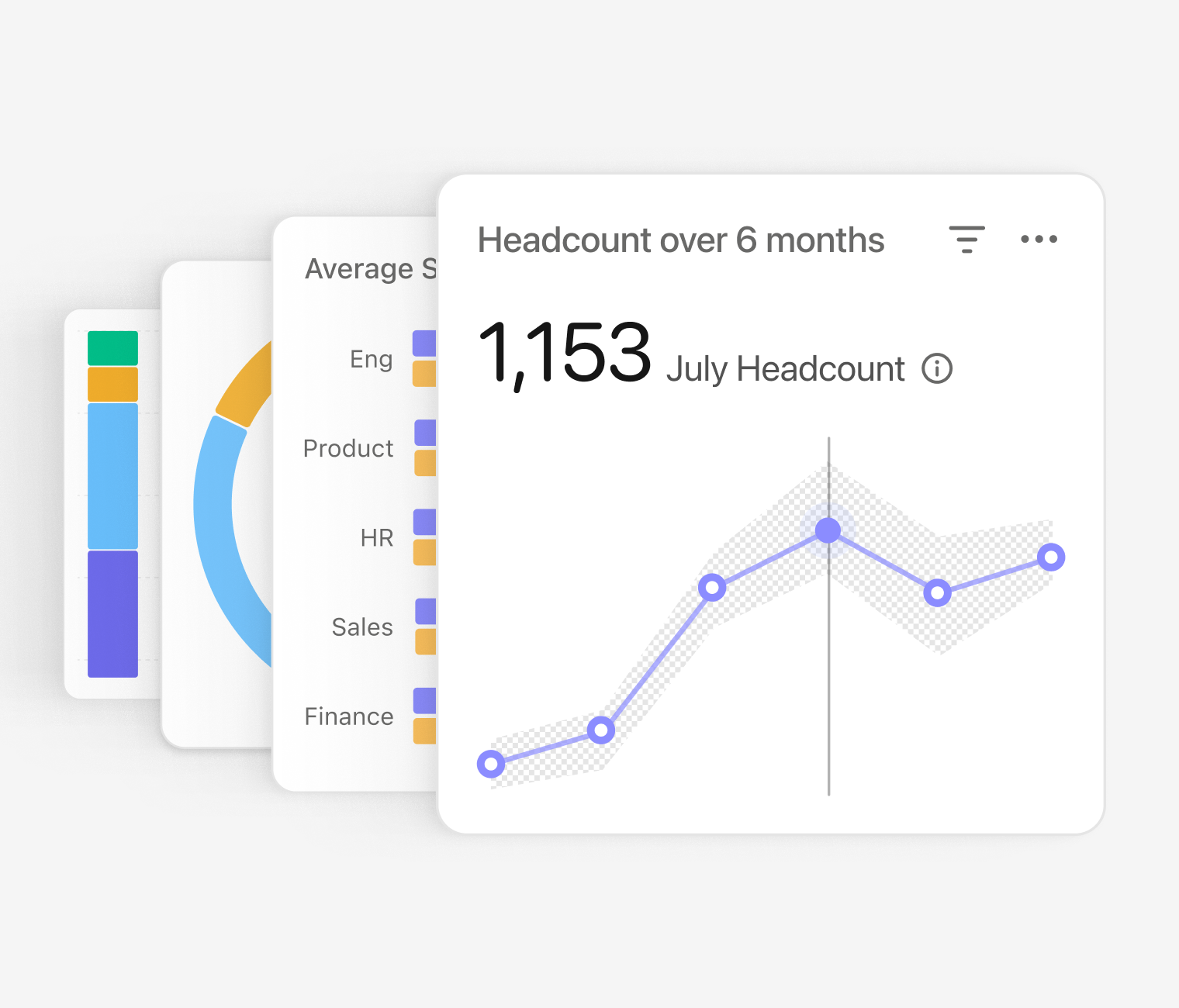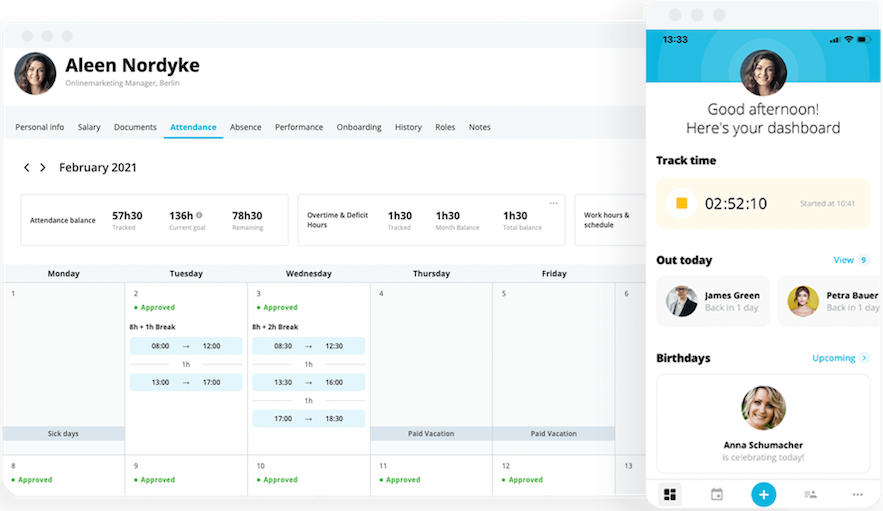
Turn data into strategic insights.
Enable proactive decision-making with People Analytics.
Create reports in seconds19. August 2020
Expert Interview: Adidas Speaks Out about Diversity and Inclusion

We have a good feeling you have heard of Adidas before. They have been in business since 1924 and were, perhaps, one of the original Bavarian startups – starting out in Adi Dassler’s mother’s laundry room.
Today, their iconic ‘three stripes’ can be found on everything from trainers to hoodies and everything in between. But, what does this all have to do with HR?
Adidas’ path to becoming an internationally-recognizable brand great still shines in the stories they share on their blog. This is especially true in how the company helps employees bring their authentic selves to work through diversity and inclusion.
Personio’s Head of Brand, Laura Schroeder, spoke with Asif Sadiq, Global Head of Diversity and Inclusion at Adidas about why diversity and inclusion (D&I) matters to the bottom line and how you can build a successful D&I strategy.
Ready to watch the whole discussion? Watch the interview right here:

We need your consent to load this service!
This content is not permitted to load due to trackers that are not disclosed to the visitor.
Why Is Diversity & Inclusion Important To Adidas?
"Diversity is about everyone," says Sadiq. “Every single person has diverse characteristics, and that should be celebrated, but diversity is also about the way we intersect with other people. Today, people want to be part of an organization that they feel is inclusive, creates the right environment, and aligns to their values, and diversity is one of those values.”
Sadiq’s perspective is not just reflected in the fact that he is acknowledged as a LinkedIn expert on the subject of diversity and inclusion. It is also reflected in research – including the Lenovo & Intel research study on D&I in the global workplace.
They found that “In order to feel supported and equipped to succeed in the workplace, today’s employees demand more accommodating benefits, such as:
Opportunities for advancement.
Interesting and engaging work.
A diverse and inclusive environment where they will feel safe, respected, and valued.
However, while employees are increasingly expecting D&I to be part of day-to-day working life, all the diversity in the world doesn’t help if organizations are not embracing the fundamentals of what it really means.
Diversity Must Be All-Encompassing
“D&I isn’t a tick-box exercise or a policy. HR leaders need to ensure it’s woven into business as usual, not when it’s a nice thing to do on the side when we get a bit of time” says Sadiq.
While two-thirds of 10,000 leaders surveyed by Deloitte say D&I is important or very important to business, merely acknowledging its importance is not nearly enough. Deloitte notes, “Our view is that the goal is to create workplaces that leverage diversity of thinking”.
There is solid business reasoning behind improving diversity in the workplace. Deloitte quotes Juliet Bourke, saying that “Diversity is a wellspring of creativity, enhancing innovation by about 20%. It also enables groups to spot risks, reducing these by up to 30%. And, it smooths the implementation of decisions by creating buy-in and trust.”
But diversity isn’t just about employing a wide range of employees from different genders and ethnicities. For example, researchers found that when diverse teams made a business decision, they outperformed individual decision-makers up to 87% of the time. This diversity also included people from different geographies and ages – all of whom collaborate towards a vibrant tapestry of working life and should be considered in a robust D&I framework.
Enable Data-Led Decisions

Collect and organise important HR insights such as absences, attrition, and more. Generate detailed reports in seconds so you can strategise with confidence.
Unlock detailed HR analyticsIs There a Strong Link Between Diversity and Inclusion and Mental Health?
Sadiq puts it best: “Yes. But what we must remember is that any strategy must be designed with diversity in mind – including diversity of age and of generations. A lot of wellbeing initiatives in organizations are geared towards young generations, to the exclusion of older generations which doesn’t create an inclusive environment where everyone can get involved.”
Diversity and inclusion cannot be a perfunctory exercise: It has to be foundational.
As Astrid C. Homan says, “Organizations can maximize the benefits of diversity in teams by cultivating “diversity mindsets,” defined as the shared understanding of a team’s diversity and its positive benefits to group performance.
Key characteristics of effective diversity mindsets include:
Cultural intelligence.
Openness to different ideas and experiences.
Multicultural experiences.
Work climates that emphasize the value and potential of diversity.
What Should HR Professionals Avoid When Working On D&I?
Sadiq offers the following advice: “Don’t follow the textbook. People really want us to be human, to engage, to understand.”
There is a risk that people tip-toe around issues that they were trained to be wary of, such as what words to use to describe ethnic minorities.
“People don’t expect us to know every element of D&I every day, but they expect us to have the right intent, openness to listen, and ask questions. I see people scared or fearful around the conversation on D&I and approach it with what they learned in training 10 years ago which is not always relevant. The terminology used to refer to an ethnic minority, for example, might offend one person of that minority and not another. Being hung up on how to approach the situation or what to say means you won’t be able to engage and have a genuine conversation.”
While diversity has been shown to increase productivity and profits, improve cultural insight, creativity, employee engagement, and company reputation, and even provide a wider range of skills and reduce employee turnover, the most important benefit of D&I is the ability to recognize our own humanity.
“It’s about human interactions,” says Sadiq.
Tips for Improving Diversity and Inclusion
Employing different people doesn’t necessarily guarantee change.
Create inclusive environments where people feel included and create a sense of belonging where they can bring their authentic selves to work.
Move on from hiring a diverse workforce – create the working environment and culture where they feel included.
It’s not just the right thing to do, morally. It also creates a good business case.
Consider all of the action steps you should take into account when creating an inclusive culture (click here to download a useful eBook on the subject).
